The 'well-woman' screening guidelines
As more patients turn to ob/gyns for wellness exams, physicians need to stay up-to-date on current recommendations.
©ibreakstock - stock.adobe.com
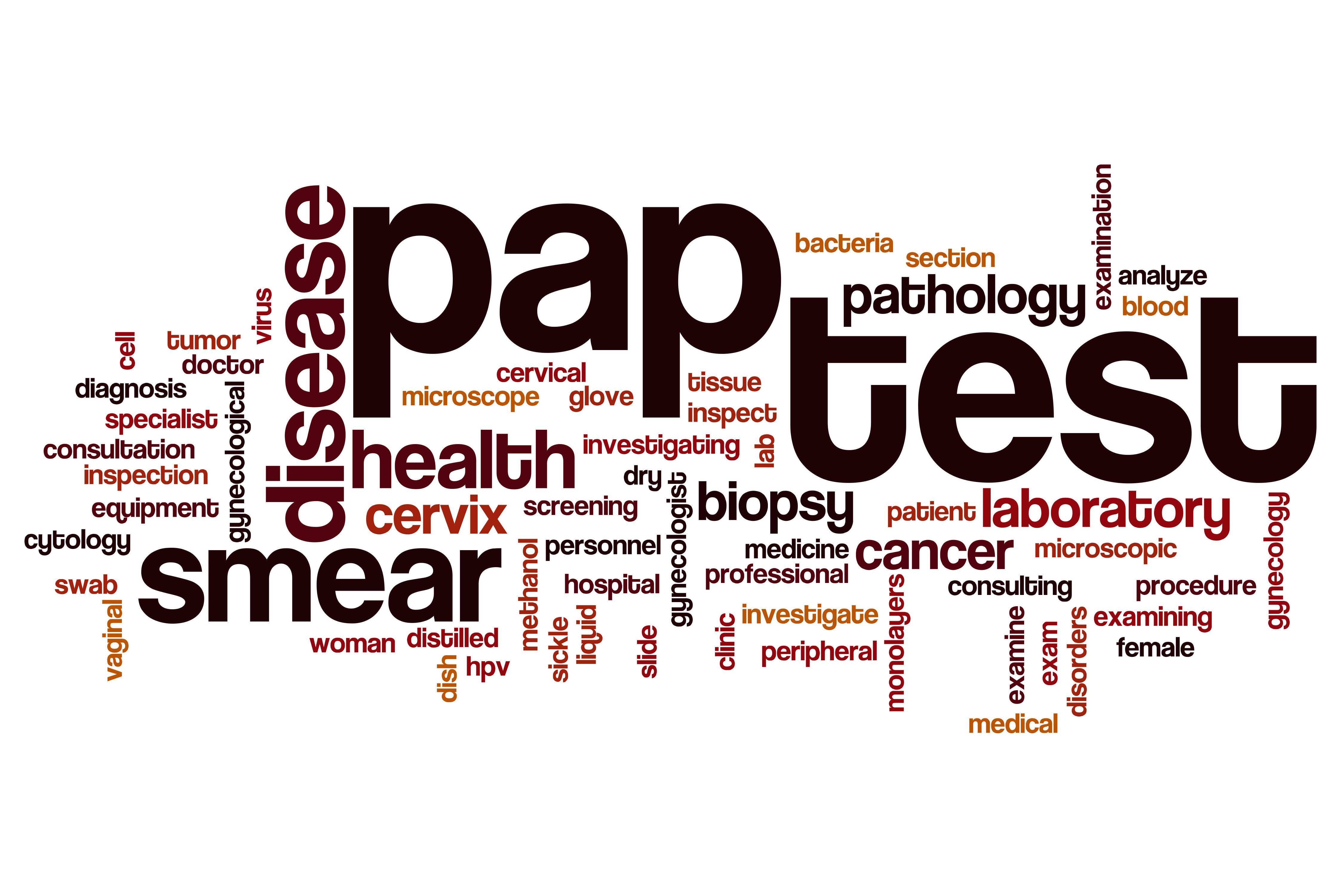
Pap smears & annual pelvic exam
- USPSTF and ASCCP recommend cytology screening every 3 years from ages 21 to 29
- From ages 30 to 64, screening can be cytologic every 3 years or cytology with high-risk HPV testing every 5 years (co-testing)
- Pap testing can be discontinued at age 65 for those who have had previous negative smears
- The same Pap smear screening guidelines should be followed in women who had the HPV vaccine
- Women under 21 may need testing for STIs but that does not include a Pap smear or HPV testing
For more on well-woman exams: Key points for today’s ‘well-woman’ exam: A guide for ob/gyns
©gamjai - stock.adobe.com
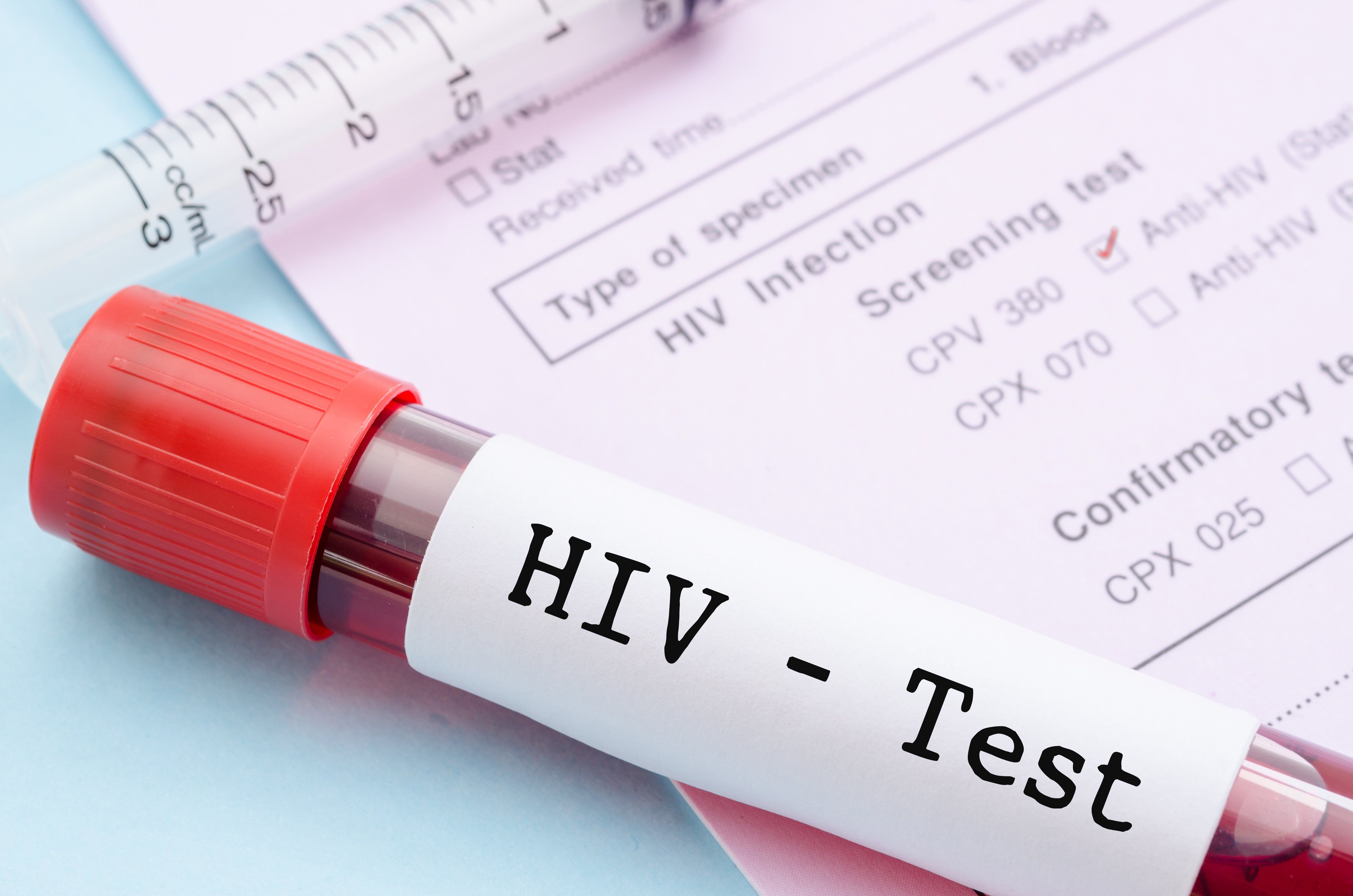
Testing for HIV
- CDC recommends HIV testing all patients aged 13 to 64
- Testing should be performed annually on high-risk patients
- High-risk populations include injection-drug users and their sex partners, individuals who exchange sex for money or drugs, sex partners of HIV-infected individuals, and heterosexuals if they or their sex partners have had ≥ 1 sex partner since their most recent HIV test
©ibreakstock - stock.adobe.com
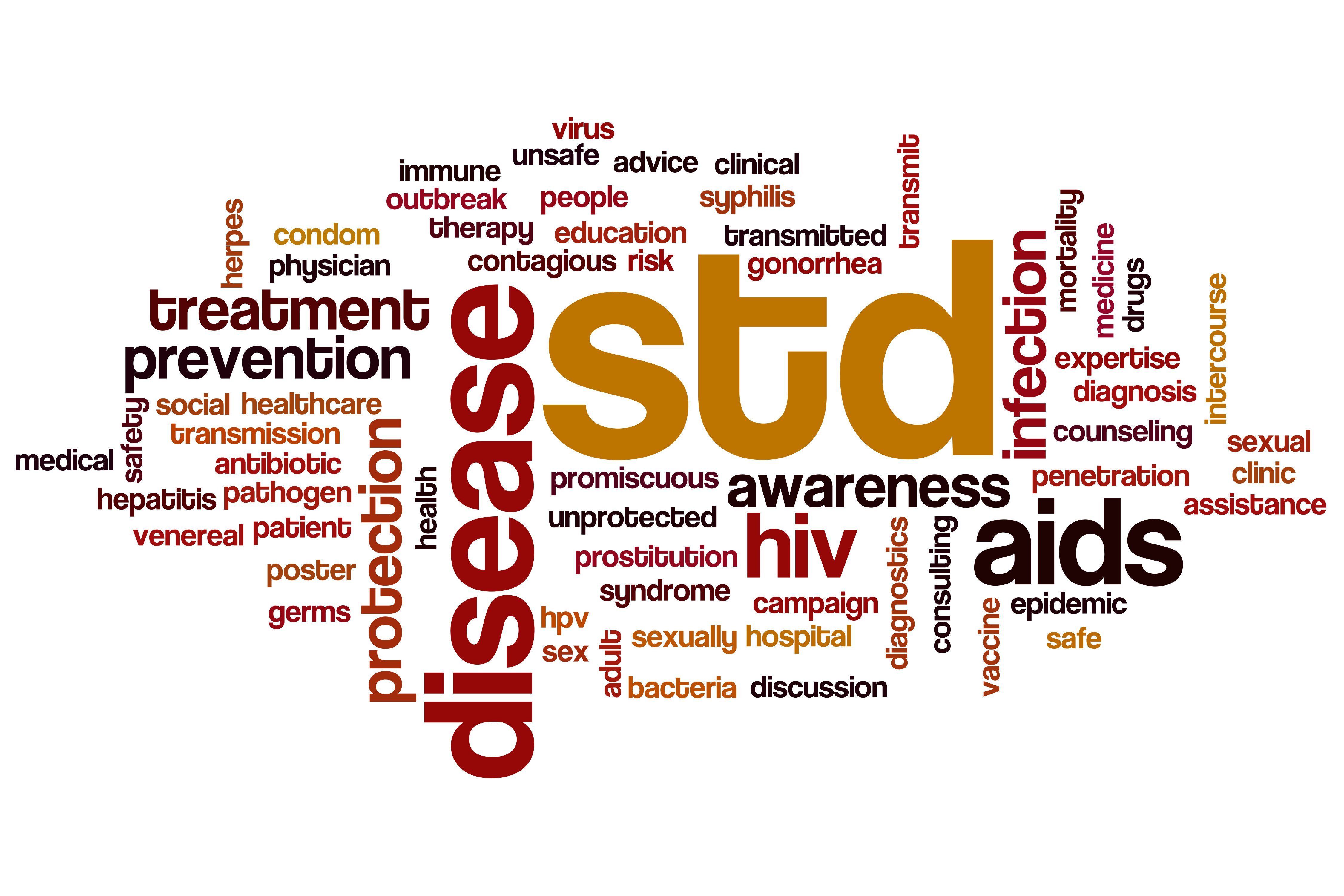
Testing for STIs
- Annual testing for chlamydia and gonorrhea is recommended in sexually active women < 25, and those older who have a new partner, multiple partners or a partner with a STD
- Type-specific HSV testing should be considered in patients who present for STI evaluation
- Hepatitis C testing should be done on women born between 1945 and 1965 and patients who are at high risk, including individuals on immunosuppressive therapy or hemodialysis or who are HIV-positive
NEXT: Colorectal cancer screening
©Kateryna_Kon - stock.adobe.com
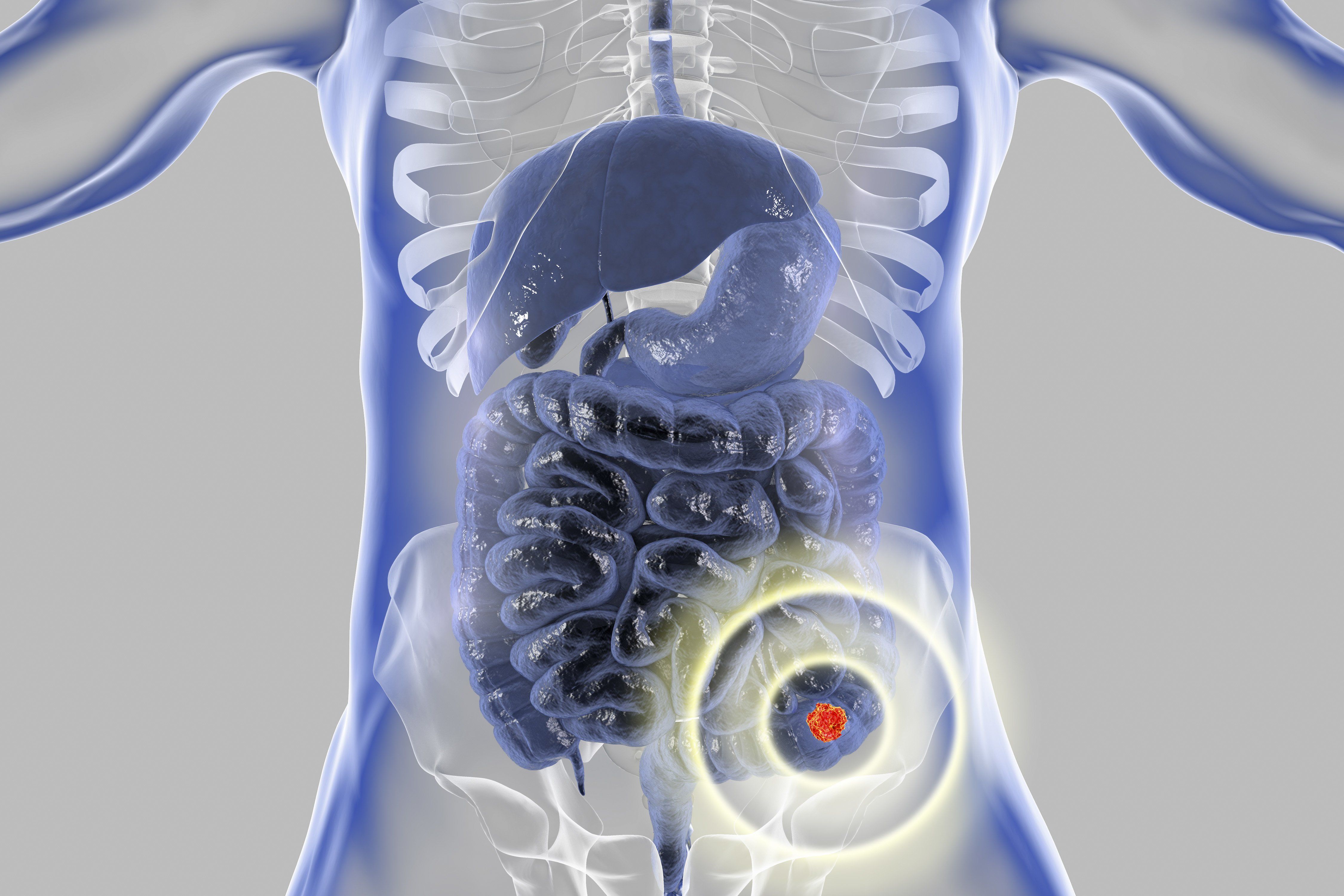
Colorectal cancer screening
- ACS recommends screening average-risk patients at age 45
- Options include colonoscopy every 10 years, computed tomographic colonography or sigmoidoscopy every 5 years, take-home high-sensitivity guaiac-based FOBT or FIT annually, and multitargeted stool-DNA testing every 3 years
- A positive result on a non-colonoscopy test should trigger colonoscopy
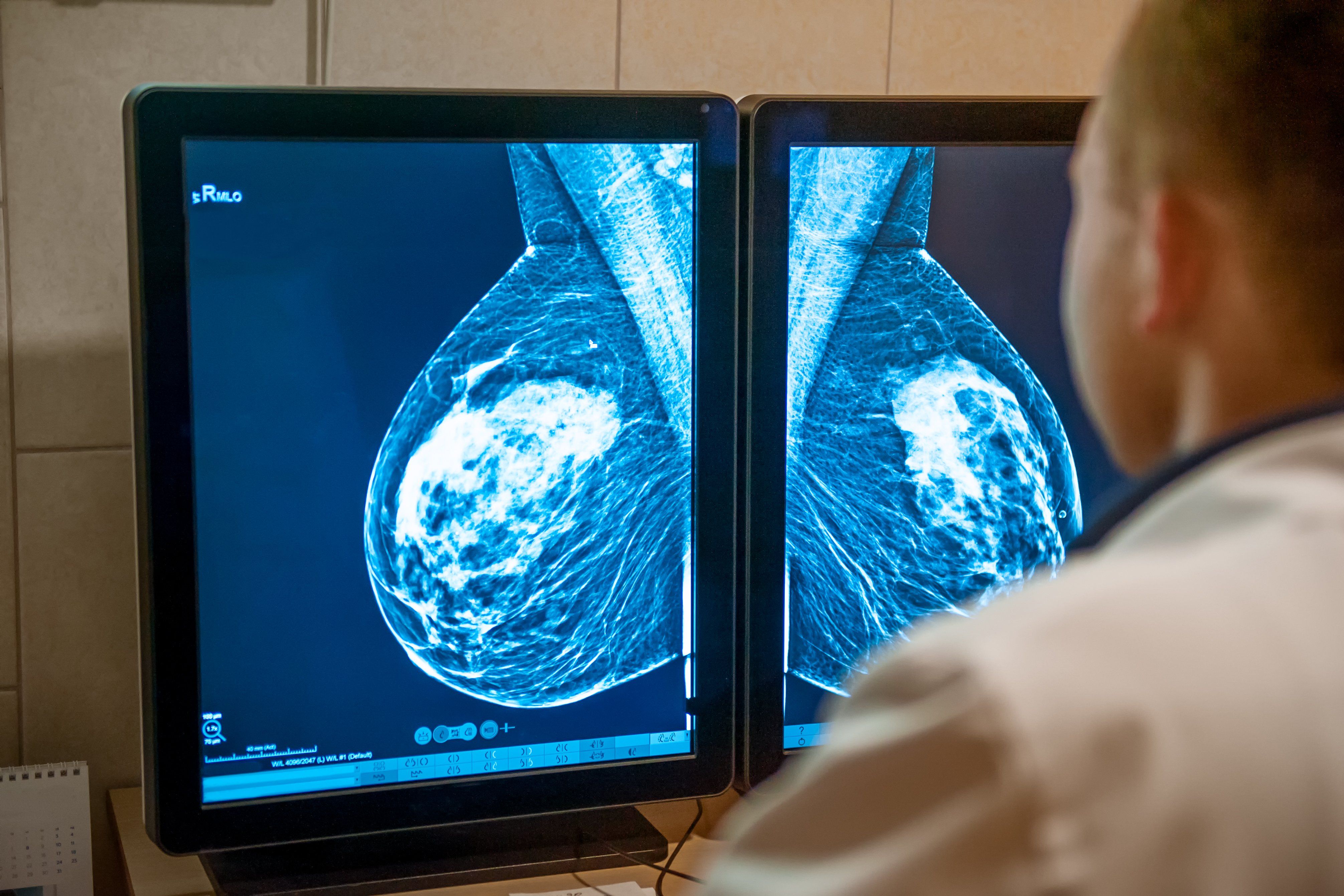
Breast cancer screening
- USPSTF recommends mammography every 2 years for women > 50
- USPSTF does not recommend biannual screening for women aged 40 to 49 but ACP does
- For high-risk women, ACS recommends annual screening with mammography and MRI beginning at age 30
- ACP recommends mammography every 2 years in patients with life expectancy ≥ 10 years
- After age 75, according to ACP, the decision to continue screening should be based on a patient’s health status
- ACP recommends limiting use of MRI to patients at high risk or to determine disease extent after diagnosis
NEXT: Hypertension, CVD, diabetes
©Adiano - stock.adobe_.com

Hypertension, CVD, diabetes
- The AHA-approved cut-off for diagnosis of hypertension is now 130/80 mg/Hg
- The risk calculator (cvriskcalculator.com) should be used instead of LDL levels to determine whether use of statins is warranted
- To determine need for statins in patients with a 10-year risk of 5% to 20%, coronary artery calcium scoring is recommended by the Society for Cardiovascular Computed Tomography
- Screening for diabetes should be done after pregnancy and in patients who have hypertension, hyperlipidemia or obesity (aged 40-70)
- For patients aged ≥ 45, a baseline fasting blood sugar and repeat screening at least every 3 years thereafter are recommended
- Annual screening is recommended for patients who are overweight or have risk factors for diabetes
©crevis - stock.adobe.com
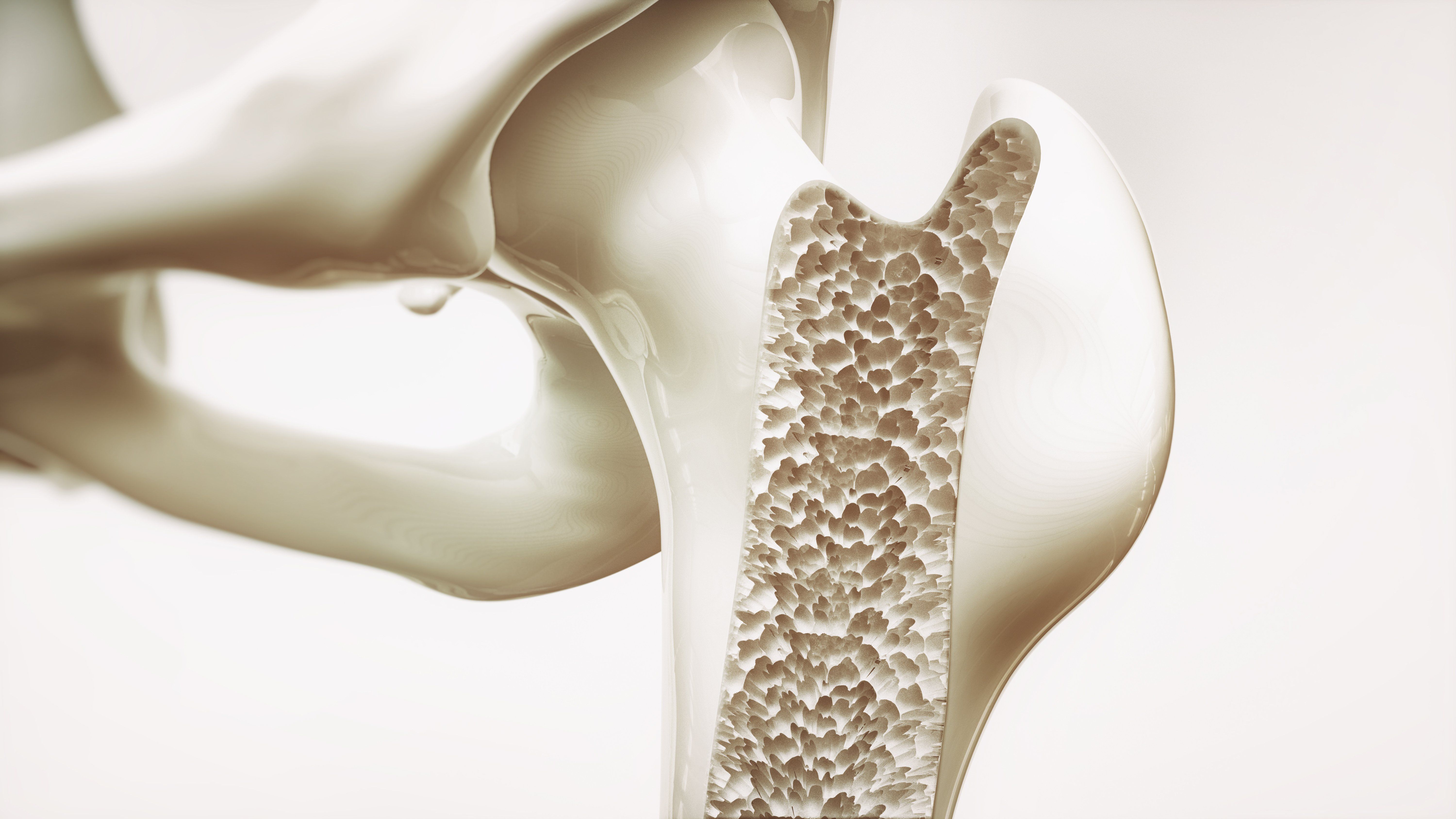
Osteoporosis screening
- BMD should be performed in women > 65 with no risk factors for osteoporosis
- Follow-up testing should be done every 2 to 5 years, depending on risk
- FRAX guidelines should be used to evaluate 10-year risk of fracture
